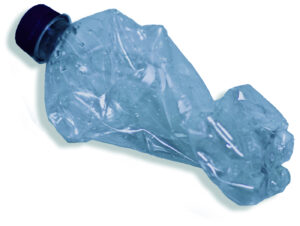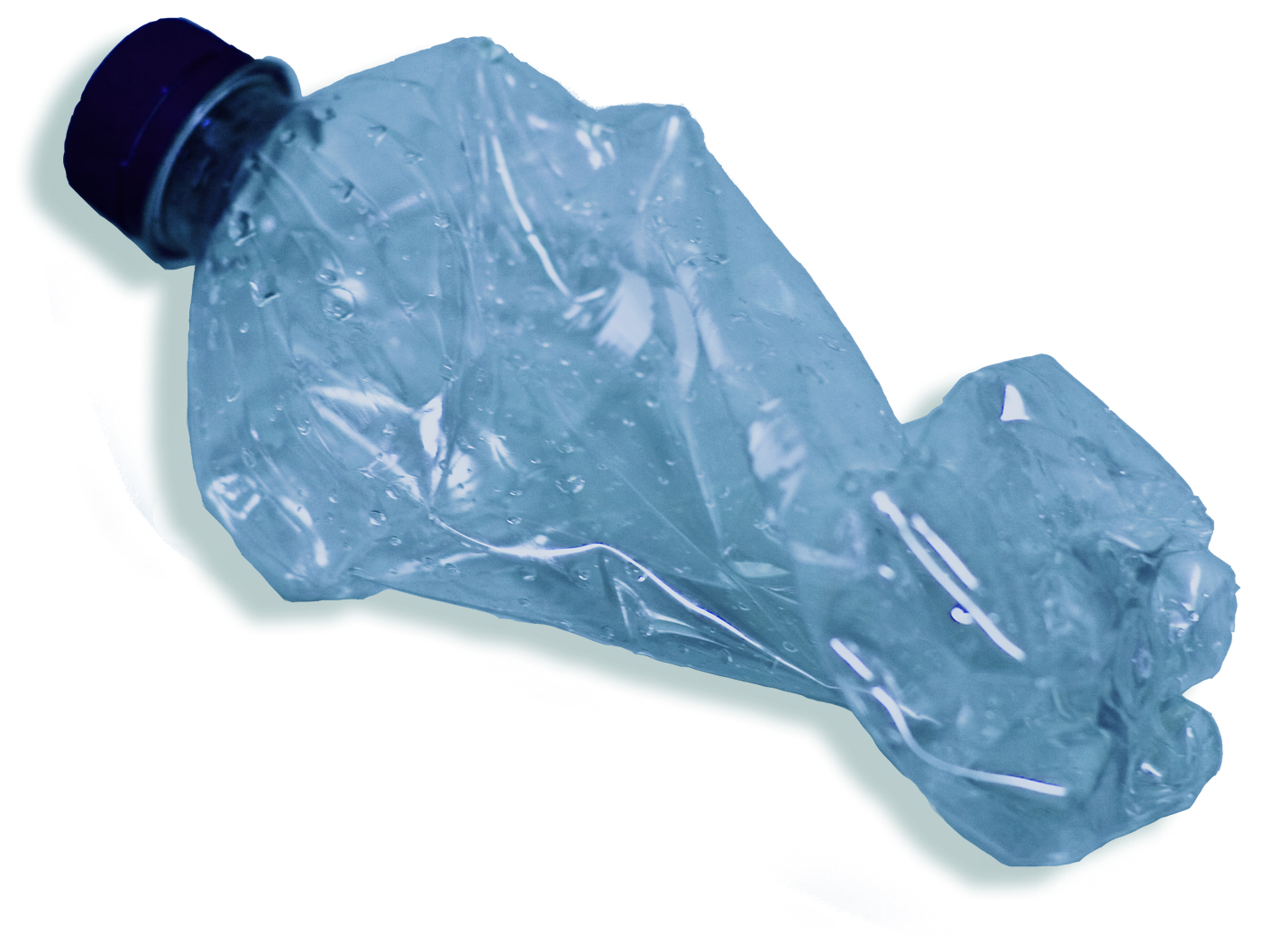 IT HAS BEEN over a year since the sale of bottled water at the University of Ottawa was banned entirely. For some, the once-controversial ban was a step toward a more sustainable campus, a smaller ecological footprint, more access to public water fountains, and less money spent on something that is virtually free.
IT HAS BEEN over a year since the sale of bottled water at the University of Ottawa was banned entirely. For some, the once-controversial ban was a step toward a more sustainable campus, a smaller ecological footprint, more access to public water fountains, and less money spent on something that is virtually free.
For others, this ban was an inconvenience. Instead of buying a bottle of water before a three-hour lecture, students now have to buy something chock-full of sugar to have a beverage for the road. Still, after a year of the ban, the benefits are starting to outweigh the problems.
According to Amy Hammett, vp student affairs of the Student Federation of the University of Ottawa (SFUO), “The SFUO has been able to work with the university to ensure resources are put toward improving water fountain infrastructure on campus, to make sure public, clean water is accessible. Last year $150,000 was put toward making clean, cool, and potable water available to all students. Another $75,000 is being allocated each year to continue this work.”
In many buildings, there are multiple water fountains within the same hallway of a classroom. Pretty much anywhere there is a bathroom, you will find a water fountain. Despite plans for new infrastructure, various organizations, such as the University of Ottawa Campus Conservatives (UOCC), have a different perspective.
“Many students do not carry reusable water bottles, or [they] have classes in those parts of campus where water fountains are not easily accessible,” Doug Chiasson, one of the UOCC exec members, argues.
In the years to come, the University of Ottawa will have water fountains accessible practically everywhere, which is a significant step toward sustainability. However, the people who bought bottled water before are now forced to buy other bottled beverages, such as pop or juice, which are significantly less beneficial for one’s health than water.
Most people don’t buy bottled water every day because they want to spend $3—they usually buy it because they’re on the go, they’re thirsty, and they’re without a bulky water bottle in their bag. Students who choose not to carry a reusable water bottle now have to either go to Mac’s, an off-campus business, which moves students’ dollars away from the student-run businesses, or have to buy bottled pop, which is equally as unsustainable.
While water bottles can be recycled, millions of water bottles are still found in landfills. The U of O can reduce and reuse with the free water bottles given by the SFUO and other organizations. There are plenty of water bottle options for those who don’t have space in their bag; a lot of sports and outdoor stores sell water “bottle” bags that roll up when empty, saving precious backpack space for the average student.
Chiasson argues students of this university have the right to choose whether they want to buy bottled water.
“We feel that the choice to arbitrarily ban bottled water is an artificial, ideologically motivated decision, which sought to impose a certain set of values and beliefs onto every student, faculty, and staff member at the university,” he said. “If people wish to use reusable bottles, they are welcome to. I myself do on occasion, but we, as a student body, should not seek to limit the choice of those who we share our campus with.”
Still, the students of this university have the right to free, public drinking water, and the SFUO and the University of Ottawa have worked together to ensure this right. According to Hammett, “The Pivik has not suffered financially at all from the [removal of] bottled water and [the store] continues to be a successful student business even with the loss of cigarette sales and bottled water over the past three years.”
The University of Ottawa was the sixth university in Canada to go bottled water-free and, since then, nine more institutions have followed in our footsteps, including Queen’s University and the University of Toronto. This movement will make a positive impact on the environment, the student experience, and how we spend our dollars.
—Lisa Le





